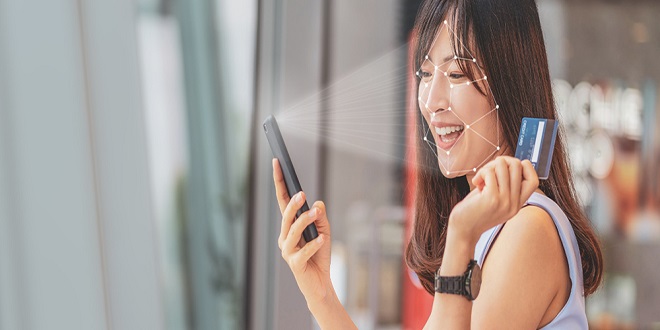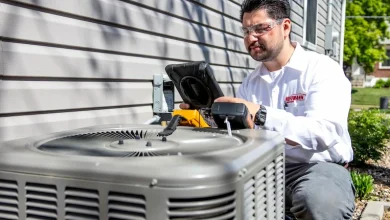Client Face Verification – Seamless Onboarding and Fraud Prevention

Companies around the world are using client face verification technology. It is used by banks to verify customers, law enforcement agencies for criminal investigations, and secret facilities to safeguard their sensitive data from unauthorised access. Online businesses have greater control over their platforms thanks to advanced features such as liveness detection and antispoofing. It can be used by banks to seamlessly verify customers, whether they are on-site or off-site. Facial recognition can be used in conjunction with document verification to provide strong identity verification solutions to businesses and enterprises that are vulnerable to identity thefts or facial spoof attacks.
What is Face Recognition Online?
Online facial recognition focuses on the unique features of the user’s face using advanced algorithms. This technology is useful in the registration of new clients and verification of existing clients who use their accounts. A face recognition technology identifies unique facial characteristics in both cases to verify that an authorized client is trying to sign in to their digital portal account.
Face Recognition: How is it done?
Face recognition is a combination of multiple techniques that checks the presence of a customer in real time, either at a particular location or in front of he camera. It detects fraudulent attempts by online fraudsters to alter facial characteristics in order to create a fake face match. This blend of procedures is what makes facial recognition state-of-the art.
LIveness detection Check
It prevents face spoof attacks and is verified by different checks to ensure the user’s presence during verification. The color combination is checked and the face photos are examined for tempered elements.
Eyeblink Search
Face recognition is more common when the user goes through the process. His unique facial movements are often identified. Face recognition is done by using the video stream, which guides the end-users in real time.
AI Mapping Algorithm
This is the most complicated method to determine the difference between the photoshop facial image and the actual face that was displayed during the online face recognition process. To detect depth, the software examines the depth of several points on the user’s face. These features will not be present in a printed face image on paper.
3D Depth Sensing
To better analyze facial images submitted for verification, it uses depth mapping algorithms and context sensitive information techniques. These features can be used to distinguish 2D images from 3D.
Texture Analysis
Deep learning facial recognition makes it easy to identify smaller parts of the face. Each part of the facial image is examined in order to identify facial patterns. This helps to distinguish between a tempered and real face.
Online Facial Recognition
Deep learning facial recognition is crucial to ensure that you have a loyal customer base. Facial recognition is a great tool for online and offline businesses.
Advanced Technology
To improve customer experience and deliver better service, businesses must adopt cutting-edge technology.
No Additional Hardware
Online face recognition is a better option than traditional biometric verification systems like retina scans or fingerprint scans. Smartphones and laptops are now equipped with cameras, so there is no need to purchase any special hardware for facial recognition.
Simple Integration
APIs allow facial recognition to be integrated seamlessly with existing security systems. The system can be used to integrate facial recognition software without additional costs. It integrates seamlessly with both the web and mobile apps.
Conclusion
Businesses, especially those that offer services online, need to be secure. A Client Face Recognition solution allows businesses to accept authentic customers. It also reduces the chance of fraudsters using fake credentials. Deep learning facial recognition prevents identity theft and helps to prevent online fraud. It can be easily integrated into the existing security system. Artificial intelligence identifies and eliminates facial-spoof attacks. It provides verification results to its users in real time.




